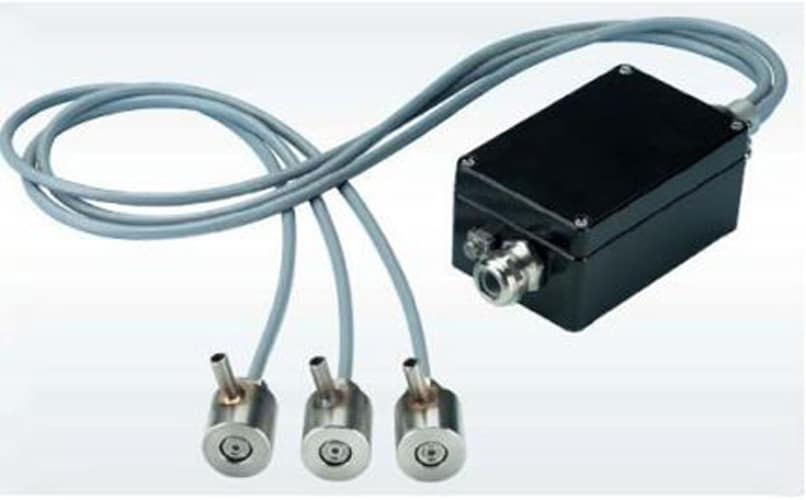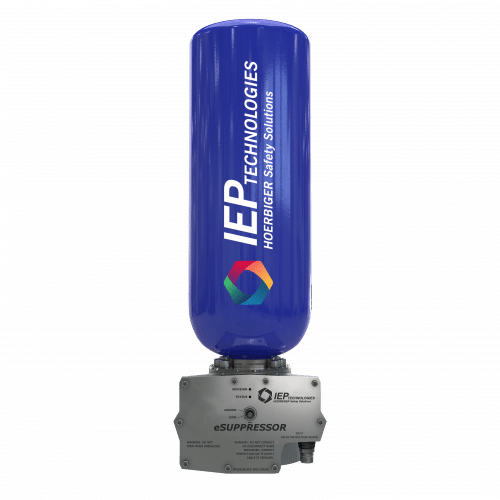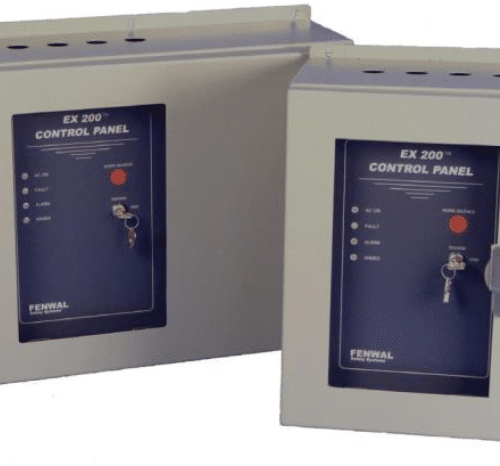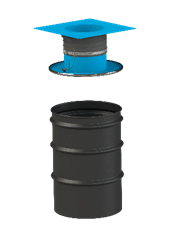Description
The IR-13 detector consists of three fiber-optic light guides, a photo sensor, and an amplifier. The light guides conduct the infrared radiation,
emitted by flames or sparks, to the photo sensor. The detector detects the changes of the infrared radiation and activates an alarm signal.
When flame is detected, the electronics switch to alarm condition. The alarm signal works according to the current amplification principle,
i.e., the very low operating current is raised to a higher alarm current by the detector. The central control unit detects this increase of current and
interprets it as an alarm.
With the DIP-switch, the detector can be adjusted to various sensitivity levels and applications. The detector can be used for twoand four-wire systems.
Form C, dry-contact relays are provided for signaling both faults and alarm conditions.
In order to avoid buildup of dust and material on the light guides, a clean, dry, oil-free air supply is needed (to be supplied by others).
Advantages:
- Ultra-fast detection of flames, sparks, and glowing embers, which allows shorter explosion isolation distances.
- Provides reliable detection in applications where pressure detection is slow, such as when ignition occurs close to duct entrance or a weak deflagration occurs inside a vessel.
- Adjustable detector sensitivity to minimize false actuations and to provide operational flexibility.
- Non-intrusive flush-mounted installation does not obstruct material flow.
- Air purge connectors to reduce window contamination
- Remotely installed electronics and temperature resistant light guides allow monitoring of ducts with process temperatures of up to 250º C.
- IP 65 aluminum die-cast enclosure as standard for outstanding dust contamination, water and weather resistance.
- ATEX Approved and CE Marked.






Reviews
There are no reviews yet.